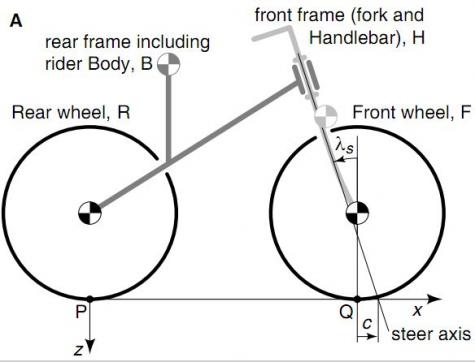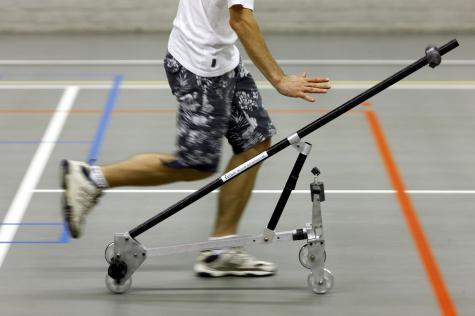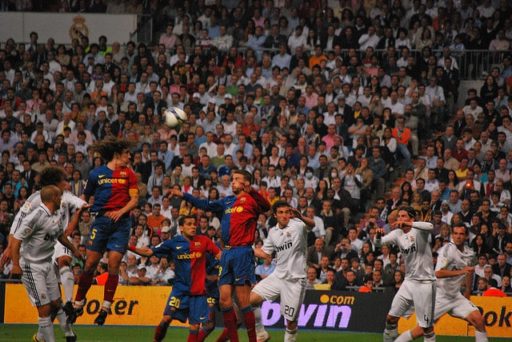The 1949 movie Jour de Fete shows a postman frantically chasing his bicycle, which rides away on its own and now scientists and engineers have been trying to explain bicycle self-stability ever since the 19th century, a new analysis says the commonly accepted explanations are at least partly wrong.Bicycles are stable because of the gyroscopic effect of the spinning front wheel or because the front wheel trails behind the steering axis or both………
In a discovery that could lead to better and safer bicycle design, researchers have shown that long-accepted gyro and caster effects are not needed to make a bike balance itself. In fact, it’s a mixture of complicated physical effects linked to the distribution of mass that makes it so a bicycle can remain up when moving.This finding was demonstrated on a riderless bike by researchers at Cornell University, the University of Wisconsin-Stout and Delft, The Netherlands. (Science, April 15, 2011.)“It’s all about how bicycle leaning automatically causes steering, which can bring the wheels back under a falling bike,” said Andy Ruina, professor of mechanics at Cornell and a co-author on the paper titled, “Bicycles can be self-stable without gyroscopic or caster effects.”The trail or caster effect is called that because the front wheel of a bike behaves like the front caster wheel of a grocery cart.To prove that gyro and caster effects were not needed, the researchers built a riderless bicycle with two small wheels, each matched with a counter-rotating disk to eliminate the gyro effects, and with the front wheel contact point slightly ahead of the steering axis, giving it a negative caster effect. When launched at more than about 5 mph, the research bike like many bicycles still balanced itself. If you knock it slightly to one side, it straightens itself back upright.“We have found that almost any self-stable bicycle can be made unstable by misadjusting either the trail, the front-wheel gyro or the front-assembly, center-of-mass position,” the researchers explained in their paper. “Conversely, many unstable bicycles can be made stable by appropriately adjusting any one of these three design variables.”While their work was intended to gain insight into the nature of bicycle balance, the researchers said, their analysis might lead to further improvements in bicycle design.“The evolutionary process that has led to common present bicycle designs might not yet have explored potentially useful regions in design space,” the report concludes.
[ttjad keyword=”general”]





![Read more about the article [Video] Google And NASA Explained Their Quantum Artificial Intelligence Lab](https://thetechjournal.com/wp-content/uploads/2013/10/Quantum-Computing-512x312.jpg)